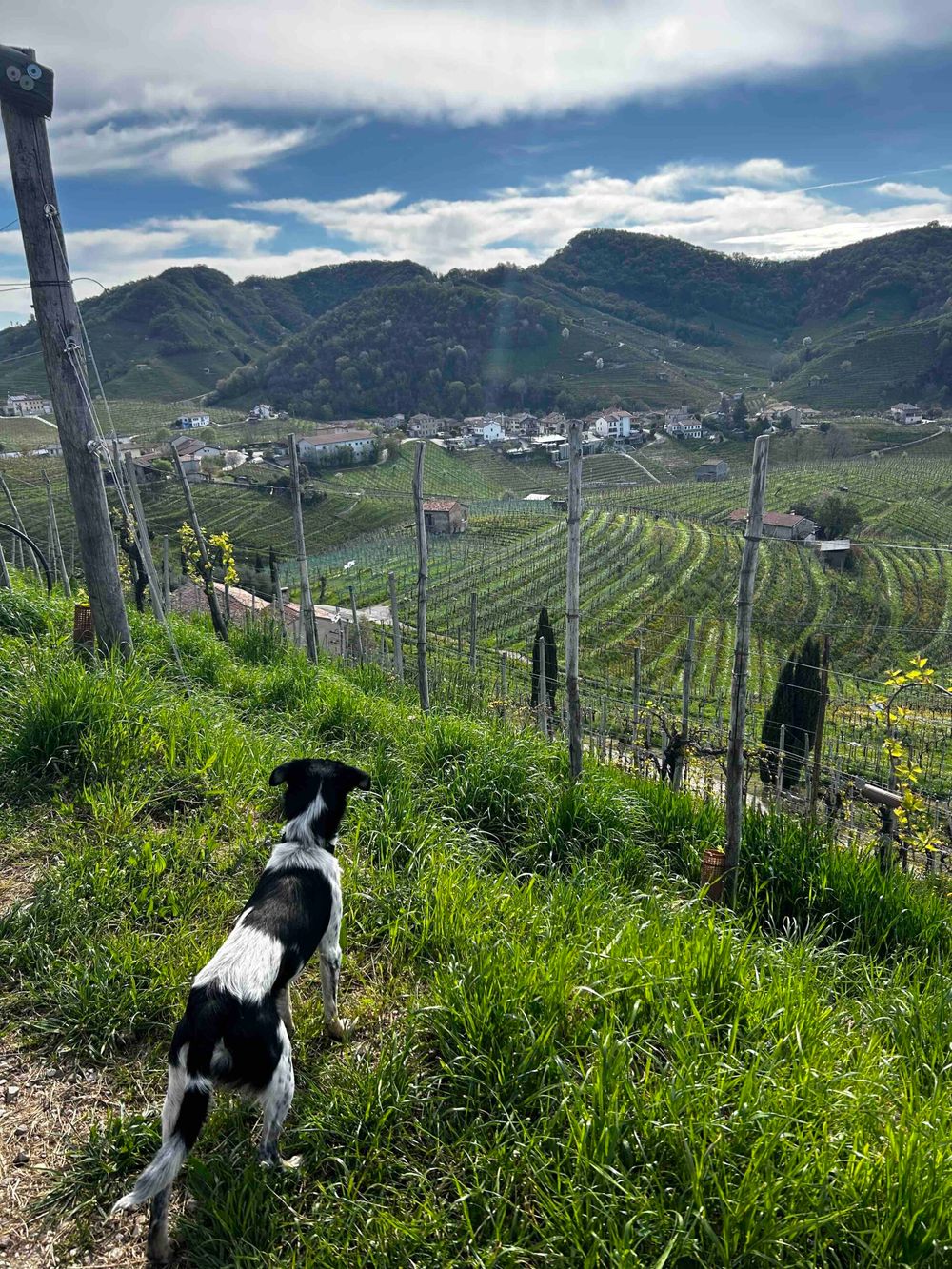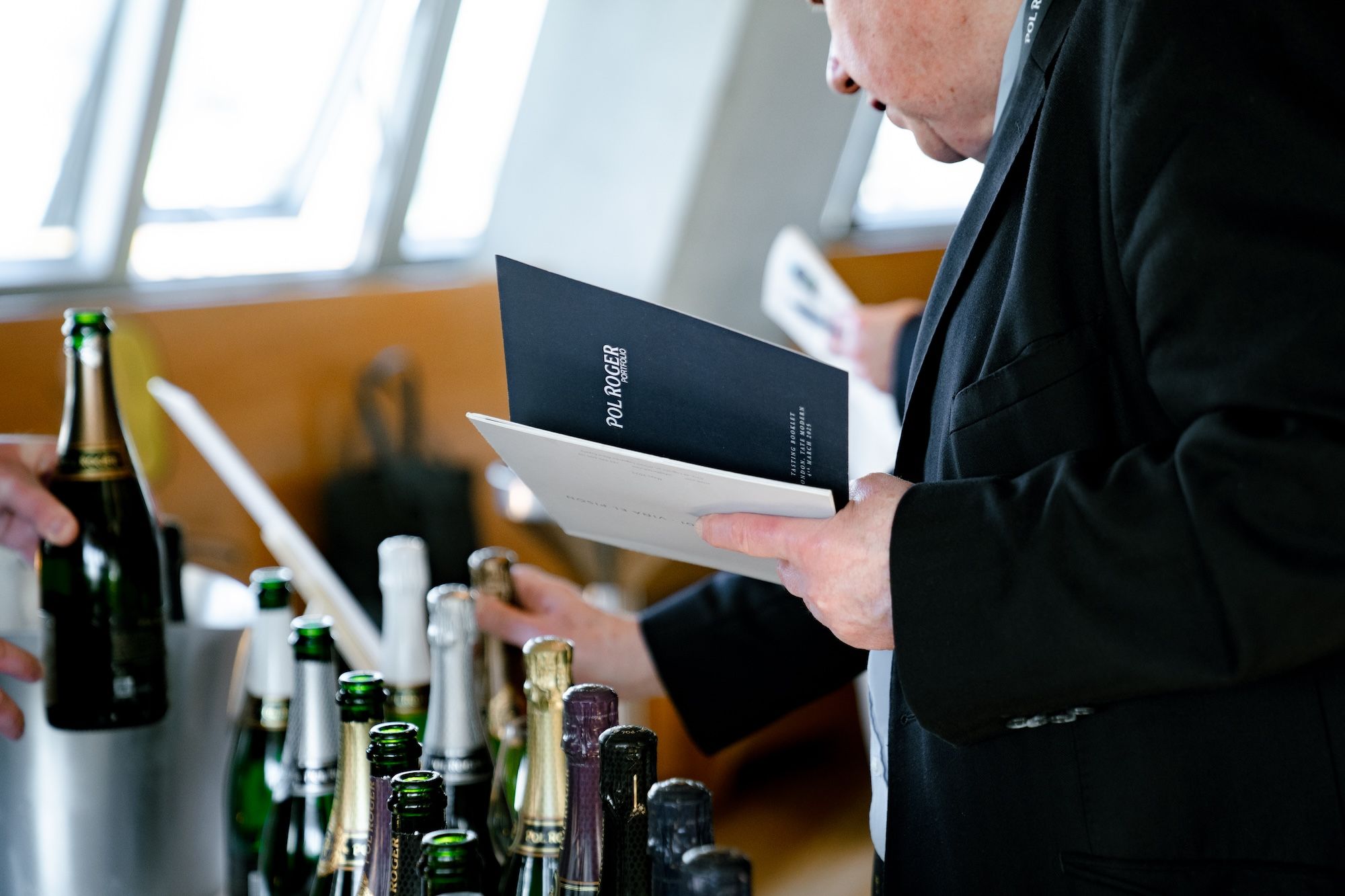How does a wine region, overshadowed by the success of its budget conscious loud and proud sister step forward into the limelight that it arguably deserves? Abbie Bennington reports.
Some say ‘a day in the hills cures all ills’ and for lovers of sparkling wines the opening this summer of “The Prosecco Hills Trail” in this Unesco World Heritage site might be the perfect opportunity to see first-hand what the region has to offer beyond its bubbles.
During a recent immersive education trip of the Prosecco Superiore DOCG led by Sarah Abbott MW we were able to get to grips with a region with many exciting and diverse wine styles waiting to be explored by consumers and trade alike. Abbott described the premium Prosecco category “as a sleeping giant”. If this statement is true, then we witnessed the many efforts being made by all parties to nudge that giant awake.
There are many ripples occurring in the region from both a wine and environmental perspective in the Prosecco Superiore DOCG category which challenge preconceptions that surround it.

Diego Tomasi is bringing his agricultural scientist skills to the Conegliano Valdobbiadene Prosecco DOCG
The director of the Conegliano Valdobbiadene Prosecco DOCG is Diego Tomasi. His technical approach as an experienced agricultural scientist appears to be fortifying the Prosecco DOCG category (much like its castellated emblem). Protecting the land and the growers’ interests in harmony with the environment seems to speak to the very heart of his stewardship.
The Congeliano Valdobbiadene Prosecco DOCG area is the biggest in Europe where glyphosates (broad spectrum herbicides) are no longer used, according to Tomasi.
With nearly 700 million bottles of Prosecco produced last year only 100 million of those were made by the DOCG. The goal for the region is to manage the co-existence between viticulture, landscape and economic sustainability. These core objectives speak to the heart of the matter where the Consorzio is concerned.
Discovering Cartizze

Colesol is looking to expand Prosecco DOCG to make a Brut level sparkling wine
Starting with arguably the finest end of Prosecco production, the top of the pyramid of Prosecco Superiore DOCG wines that of Cartizze. Traditionally these grapes were some of the last to be harvested so the wines were sweeter often reserved for cake and spooned puddings. Visiting the producer Colesel (meaning small hill) and seeing first-hand the hard work needed to tend these steep hillside slopes was eye opening.
Colesel has been managed by five generations over the last 70 years, both growing and making their wines all within the DOCG area. They are thought to be the first winery in the area to reduce sugars and make the Brut level. Following this trend, we tried the last generation of their sweeter confusingly named Cartizze Dry (24g/litre of sugar).
This dry category will no longer be made by Colesel and its hospitality manager, Naty Viseko, described the move in favour of “elevating the aromatics of the Glera grape…to focus on what nature gives”.
This move challenges the traditional expectation of Cartizze wines and it will be interesting to see how many other producers will turn their backs on the sweeter wine style that the region is famed for.
Changing styles

Abbi Bennington was part of a trade trip led by Sarah Abbott MW
There are also changes of wine styles in other Prosecco DOCG categories. Take ‘Sui Lieviti’ or ‘Col Fondo’ wines which are sold with their lees in suspension. This is a style of wine that is exciting winemakers and sommeliers alike.
Often dubbed the ‘funky side’ of Prosecco this production method is nothing new but was not included in the DOCG until 2019. This is in part thanks to oenologist, Luigi Cosmo from Bellenda, who set the ball rolling with its ‘Radicale’ titled Col Fondo which was integral to getting wines sold with their lees included in the DOCG. Four years later and we are seeing other producers bring their own versions to the market.
Meeting with the so called “Connegliano Valdobbiadene Young Club” of under 30 male winemakers it was clear that this Col Fondo style of wine has much to excite them. Given the infancy of these wines in the legal category they are regarded by many as being indicative of a style of the region’s next generation of winemakers.
Sui Lieviti wines represent a miniscule amount in the market – less than 1% at around 175,000 bottles a year.The rise in producers adopting the style is growing from 19 in 2019 to 36 last year. They may be small but their wine style and appeal is mighty. Younger producers like Fabrizio Adami sees these wine styles as a way his generation “can express their creativity”.

It’s been a long time coming but Prosecco DOCG could be ready to wake up
This small but growing style in the market, is another point of difference in the battle for the region to be recognised as a serious contender in the production of quality sparkling wines away from the shadow of its more prolific bulk sister.
Prosecco is a wine style with more than one persona. But what unites them all is the quality and dedication of the Conegliano Valdobbiadene DOCG winemakers, who despite the difficult working terroir of steep slopes, are dedicated to the cause environmentally, sustainably and economically. Maybe that giant will be awake soon and ready to roar. Let us hope we are ready to listen.









































